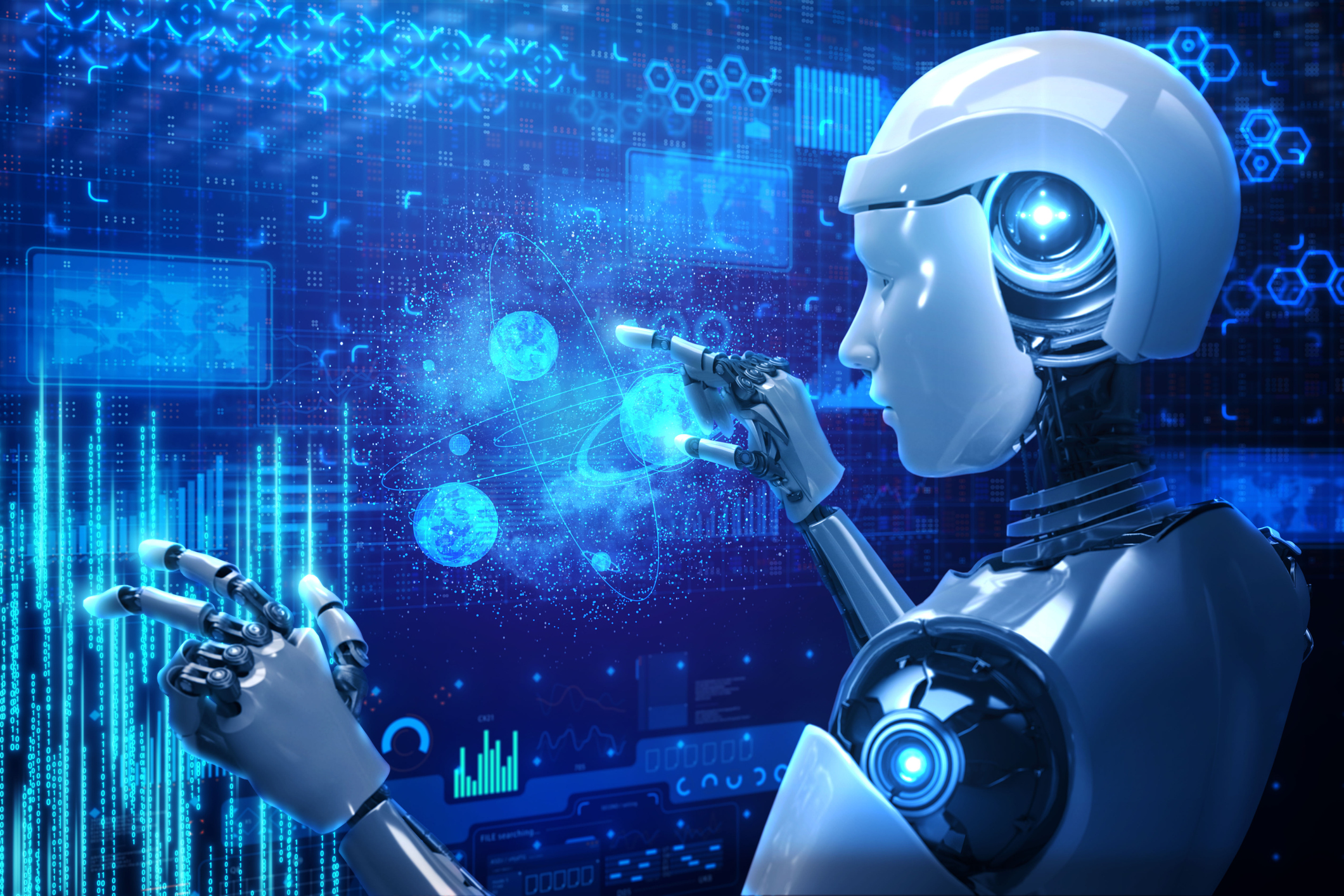We are at the dawn of the AI revolution. ChatGPT and other large language models (LLMs) enable direct interaction with AI in several common use cases. For the first time, most consumers are seeing that AI can change the world.
Although many of the use cases for generative AI are new, it has been a large part of powering the back-end of the internet for consumers for years. Using so-called AIOps, or AI used to improve IT operations, IT teams can optimize the functioning of websites, applications, databases and infrastructure , including the underlying networks. In practice, AI identifies the origin of outages or performance issues to allow IT teams to remedy them. For example, AI can already analyze the root cause of problems by examining logs and indicators. We also see that, gradually, AI is becoming more and more integrated into mitigation strategies aimed at correcting problems affecting IT environments, as they occur.
Until now, these AI capabilities applied to IT operations are built on small, tailor-made language models trained to meet specific needs, namely the identification and resolution of IT problems. However, with the advent of large language models like ChatGPT, the technology community is realizing that there are unique use cases beyond the most common consumer uses, including creating content or to answer questions.
The big question of job preservation
OpenAI’s Codex model is trained on billions of lines of code and is said to master dozens of programming languages. GitHub® also launched the Copilot system which is based on OpenAI’s Codex model and can create code by listening to natural language prompts, then detect errors while suggesting recommendations for resolving them. Forrester® analysts also predict that AI will be able to perform other software engineering tasks, such as test generation.
More than ever, autonomous operations, where AI and machine learning (ML) can take over the forecasting and decision-making tasks entirely for IT teams to keep IT environments running smoothly, are becoming a reality.
When AI manages increasingly complex IT environments, including multiple networks, applications, databases, infrastructures, etc., the future obviously looks exciting, but also worrying. Since autonomous operations will relieve IT team members of a huge burden, the question that often arises is whether these people will keep their jobs. This concern is certainly understandable but erroneous, for two reasons. First, businesses are already struggling to hire enough staff to manage increasingly complex environments. These environments will become increasingly complicated, and many technology professionals cite the acceleration of hybrid IT as the cause of this increased complexity. Then, for overworked IT teams, autonomous operations will only replace simple, uninteresting tasks, rather than their jobs.
Let’s get ready to talk directly with your AI-powered observability systems
Just as the printing press relieved scribes of copying manuscripts by hand to concentrate on their own writing, autonomous operations will free IT professionals to innovate and create new ideas. new products while benefiting from new rewarding professional experiences. They will also give them the opportunity to realize the enormous untapped potential due to the never-ending responsibilities of meeting their service level agreements (or SLAs).
So what will autonomous operations consist of? Thanks to a combination of tailor-made models dedicated to computing operations and the extraordinary new capabilities of large language models, autonomous operations will seem very “normal”. While many of us see the future with AI as a science fiction universe, with a floating orb with consciousness and infinite knowledge that answers developers’ questions related to computing, Interactions with AI of autonomous operations will take place via processes that we already use daily.
Let’s prepare to converse directly with your AI-powered observability systems via Microsoft Teams or Slack to convey our requests in plain language. IT professionals will simply communicate their SLAs and operational requirements via a simple message and the AI platform will execute them automatically. This frees up time for technology professionals and ensures consistency of company products and services in terms of quality and delivery.
The end of routine tasks
The benefits of autonomous operations don’t stop at managing the IT environment. After performing monitoring and error correction tasks on the technology stack, the AI in the background can also generate insight reports on these tasks. She can create presentations for the board of directors or customers to show them the performance of the environment and indicate that the company is respecting its SLA contracts.
Since autonomous operations allow us to converse in simple language in an interactive manner, I really think that they will be part of our daily lives within two years. With the power of generative AI, users can enter plain text and receive the content they need, whether it’s reports, lines of code, or anomaly analysis. This is the paradigm shift the industry has been waiting for for a long time.
Here are some examples of using autonomous operations. SentinelOne recently launched a new threat detection platform that uses layers of AI technology to ensure security and trigger autonomous, real-time responses to threats and attacks as they arise. that they occur at the enterprise level. This represents a significant shift in cybersecurity as AI detects issues and triggers corrective actions and interventions across the entire environment.
Autonomous operations can offer very high scalability. For example, reports have indicated that IT and cloud teams spend approximately 44% of their time on routine tasks to ensure everything is running smoothly. This is a remarkable potential that will emerge from the additional time that computer scientists will benefit from. Let’s imagine all the possible innovations with this time now available. Autonomous operations will enable greater speed, agility, scale and security in IT, and the resulting impact will be significant.
